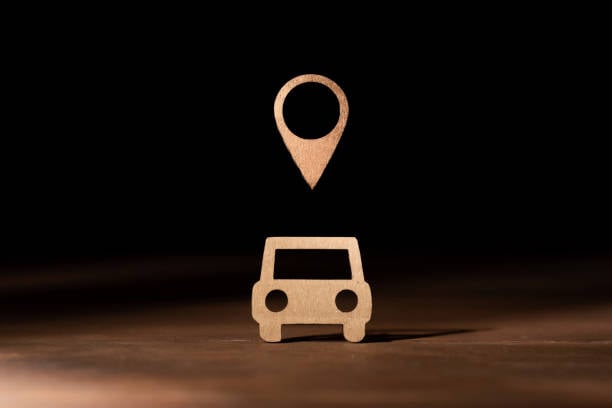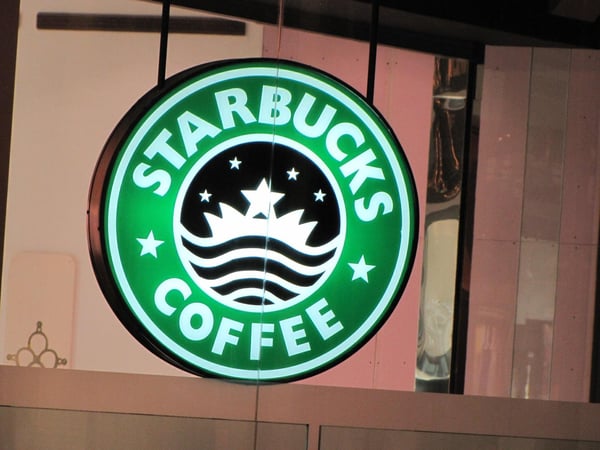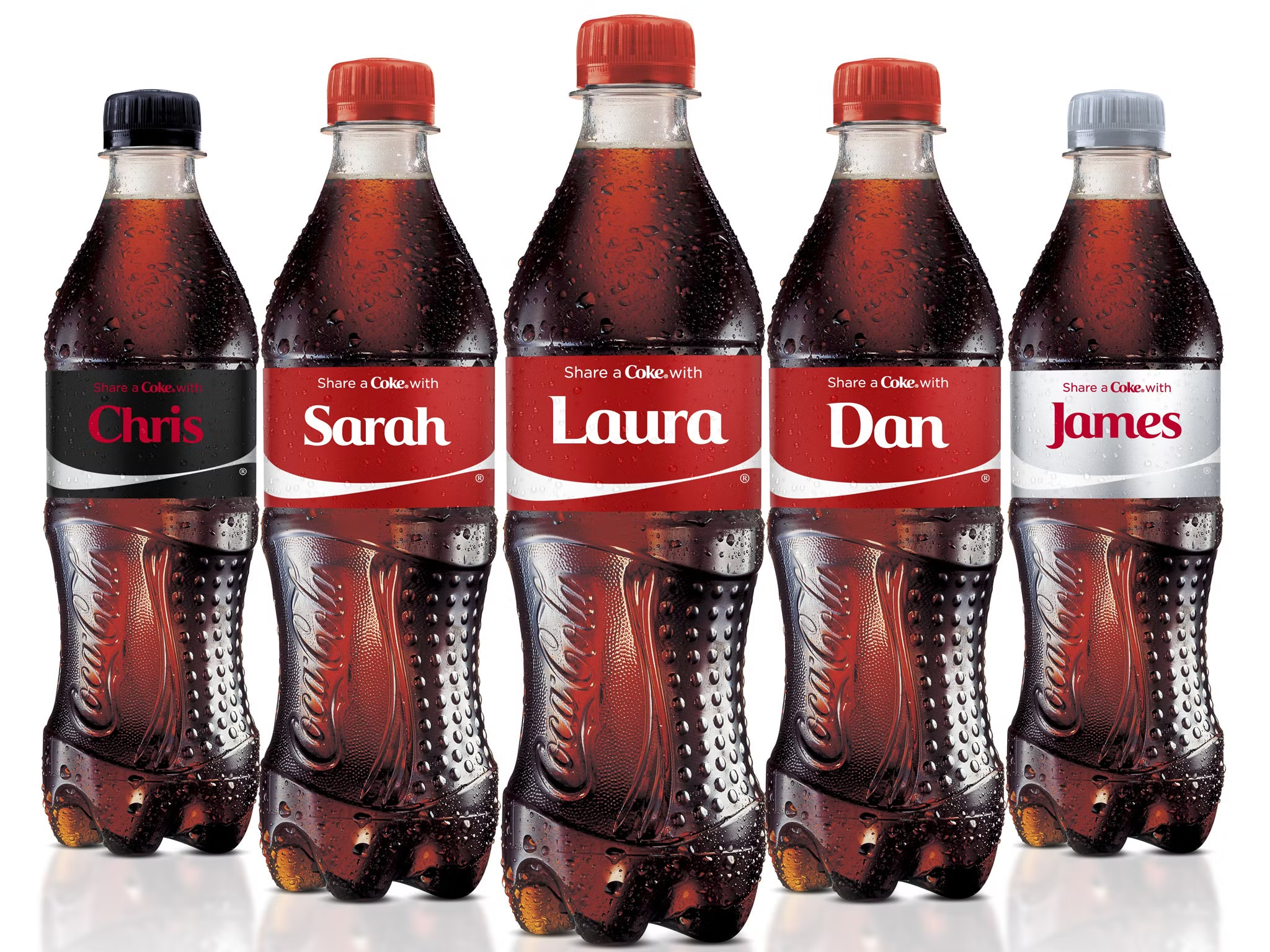May 10, 2023
 by Ilya Krukowski / May 10, 2023
by Ilya Krukowski / May 10, 2023

Product localization is one of the first marketing strategies you need to nail when expanding into international markets.
Effective product localization can mean all the difference between a successful and unsuccessful market entry.
This article covers product localization – what it is, why it's necessary, how to get started, key steps, and essential but non-obvious things to consider in the process.
Product localization is the process of adapting your product to the target market's requirements, peculiarities, trends, and traditions.
It considers cultural, political, religious, and other specifics so your product naturally fits and customers can connect to it. Product localization helps you expand globally and sell your product to a specific market’s target audience. You customize the product for the customers instead of asking the customers to accept it as it is. This marketing strategy is a huge customer experience champion.
Product localization is essential for everyone planning to expand to a new market, be it a country or a region with its specifics.
Suppose you have a mobile app that only supports English. Some might say it's sufficient because English is spoken worldwide, so where's the problem? But many of your customers will probably have difficulty using an app that isn't localized in their native language.
More than 80% of non-English speaking users don't even bother using an app or website that isn't translated into their language. More than 70% of users said they’d most likely use an app or service translated into their language. These numbers are something to reckon with.
Product localization is more complex than normal translation. Of course, translating the text is essential, but your product probably contains visual elements such as icons, different colors, images, or even videos. Ideally, these items should also be customized for the target market by someone who understands the regional specifics.
While certain images may look appealing in your country, they may be considered strange, provocative, and inappropriate in some other countries. Certain colors and gestures can also have different meanings.
Properly localizing product logos, slogans, and advertising campaigns is crucial as it can lead to various not-so-funny outcomes. A classic example of localization done right is how Starbucks customized its branding for specific countries. Their logo wasn’t appropriate in certain countries. So, they replaced it with a crown and a star – a simple but very important step.

Source: Reddit
Another good example is the Starbucks coffee shop in the old town of Kyoto, Japan. They rented an old wooden building, and to ensure it would fit into the local environment, they decided not to use a trademark green paint. Instead, they painted the logo brown so it wouldn't stand out too much.

Source: YouTube image
Clever, isn’t it?
If you've heard "internationalization" or simply "i18n," you might wonder how it differs from localization. These terms have different meanings and shouldn’t be used interchangeably.
While localization is about customizing a product for the target region, internationalization is mostly related to software and means preparing your app for translation. In fact, internationalization in software development enables localization.
Normally, hard-coded strings need to be extracted into separate translation files to ensure the app can display characters from different alphabets, support both left-to-right and right-to-left languages, and so on.
So developers typically perform internationalization. Linguists, in turn, conduct localization, and i18n follows.
Here are some key benefits of product localization:
Below are the main steps involved in preparing and implementing product localization.
First, decide who will implement localization. A popular choice is to pay a localization service provider (LSP) – essentially a translation agency – to do most of the work for you.
LSP assesses your requirements, researches the product and target market, makes key recommendations, and translates the content. If you have enough funds to cover the localization campaign and don’t want to deal with all the details yourself, this is probably your best bet.
When working with an LSP isn't an option, you need a solid in-house team to deliver localization. At least the following roles should be filled:
Okay, at this point, your dream team is assembled and ready to go. In the next step, you research the target market you’re translating for, keeping cultural characteristics in mind.
Your team should decide which languages to translate into. While it sounds like an obvious and easy thing to do, sometimes it's not that simple. Some countries have dozens or even hundreds of languages.
More than 800 languages are spoken in Papua New Guinea; you probably can't afford to support them all. You should identify your core audience, pick 1-3 of the most popular languages for that audience and focus on translating them.
If your product is related to gambling, smoking, or alcohol, it’s also important to ensure you’re not breaking local laws. For example, some European countries prohibit the sale of alcohol to anyone under the age of 18, while in Japan and some other countries, the minimum age is 21. Some countries also introduce smoking bans and prohibit the sale of cigarettes to those born after a certain year.
The localization strategy defines the overall plan for adapting your product to new countries. Here are a few possible approaches.
After the team is assembled and the strategy selected, decide on the right tools to carry out the process. You most likely need software to easily import and export translations, track the whole translation process, monitor what your translators are doing, create new tasks for them, and perform quality assurance.
In more complex cases, you may need to integrate third-party services to facilitate content sharing, such as uploading and downloading texts from your WordPress website or GitHub repository.
Of course, you can create an in-house tool tailored to your needs, and it might be a good solution, provided you have the budget and time. If you can't afford to spend time building custom software, consider a translation management system (TMS) to do the heavy lifting.
A TMS is an all-in-one solution that solves key translation challenges: it allows for managing texts, assigning tasks to translators and other contributors, quality assurance, integration with third-party services, and more.
A modern TMS usually comes with the following add-ons:
You might ask: why don't we use machine translation (MT) or AI instead of hiring translators? While this can be a viable solution that reduces translation costs, it has some potential downsides.
The final quality may not be ideal for important texts with high visibility. Even if the translation is technically correct, it may sound bizarre or wouldn’t convey the right message. Hiring a specialist to translate slogans, key marketing materials, your website's main pages, and similar content is recommended.
At the very least, a linguist should check machine translations to eliminate unexpected problems. Sometimes MT engines can corrupt text formatting and markup if your text contains HTML tags. So the bottom line: Use MT sparingly and pay attention to quality assurance.
If you're translating a mobile application, you can also benefit from the over-the-air (OTA) capability many translation management systems offer. Over-the-air allows you to deliver new translations directly to the end users without re-publishing the app to the App or Google Store, which usually takes some time.
For example, if you just released a new app version and then notice a small typo on one of the screens, you don’t need to create and publish a new version: you can make the necessary adjustments and distribute the updated version text to your customers. Pretty handy, right?
Internalization is key to localizing your software product and precedes localization. It typically includes the following activities:
This is where your translators come in. Before assigning them tasks, ask yourself exactly what you want to localize.
After the initial localization, test everything and ensure nothing falls through the cracks. Here are the tests you can perform.
After your product has been localized and distributed to a new market, you’ll want to evaluate its performance to understand localization’s impact. Of course, metrics can vary by product type, but here are some common ones to measure:
These performance indicators should directly inform your localization ROI calculations and budget planning. Remember to budget beyond the initial launch by factoring in regular content updates, ongoing support, and continuous quality monitoring. In the long term, localization often delivers measurable value through improved customer satisfaction, decreased need for customer support, and more substantial local presence.
What does successful product localization look like? Let's learn from some examples.
The core idea of this campaign was simple yet clever. Coco-Cola picked out around 250 popular names in each target region and put them on their cans and bottles. Although it was a major packaging change, it delivered impressive results as people rushed to the stores to find their friends' names and buy Cokes as gifts. This campaign was so successful that Coca-Cola decided to expand it to even more markets.

Source: The Independent
A lot of localization went into Netflix's global expansion, which helped it produce impressive results. In addition to sourcing high-quality user interfaces and translating subtitles, it partnered with local production companies and created "originals" to attract local viewers.
Netflix also partnered with local payment providers to simplify the subscription-buying process. While it had to invest heavily in these campaigns and faced some challenges, it’s now active in 190 countries with more than 150 million viewers today.
H&M localized its marketing videos to different target regions to engage potential customers. For example, the video below was produced specifically for the Netherlands. It was shot on location with a Dutch voice actor. The result? Well, it couldn’t be any better.
Source: YouTube
As a popular online multiplayer game across gaming platforms, PUBG built quite an impressive player base (400 million people) worldwide by translating the game, assets, and help materials into 17 languages. They also dealt with the cultural aspects of certain countries.
In China, for example, they decided to reduce violent graphics and imagery after the local government expressed its concerns and even included references to socialist views. Strategic localization made the game quite popular among local players.
So far, you've covered product localization, its importance, and how to implement it. You've also gone through the critical implementation steps for your product and examples of successful localization efforts. While localization isn't exactly easy, you can reap many benefits if you're strategic and resourceful with the process.
Curious which platforms deliver seamless online experiences? Check out our list of the top digital experience platforms for 2025.
Ilya is a writer, instructor, and developer at Lokalise. He's also an IT tutor, author, and ex-Microsoft/Cisco specialist. Ilya enjoys coding, teaching people, and learning new things. In his free time, he writes educational posts, participates in OpenSource, goes in for sports, and plays music.
Many app developers think that creating an app in English is enough to reach a global audience.
 by Anatoly Sharifulin
by Anatoly Sharifulin
G2 recently hosted our first-ever Reach Europe event, where c-suite executives and GTM leaders...
 by Ross Briggs
by Ross Briggs
Look, I’m no web developer. I don’t mess with code or follow the latest JavaScript frameworks....
 by Soundarya Jayaraman
by Soundarya Jayaraman
Many app developers think that creating an app in English is enough to reach a global audience.
 by Anatoly Sharifulin
by Anatoly Sharifulin
G2 recently hosted our first-ever Reach Europe event, where c-suite executives and GTM leaders...
 by Ross Briggs
by Ross Briggs


